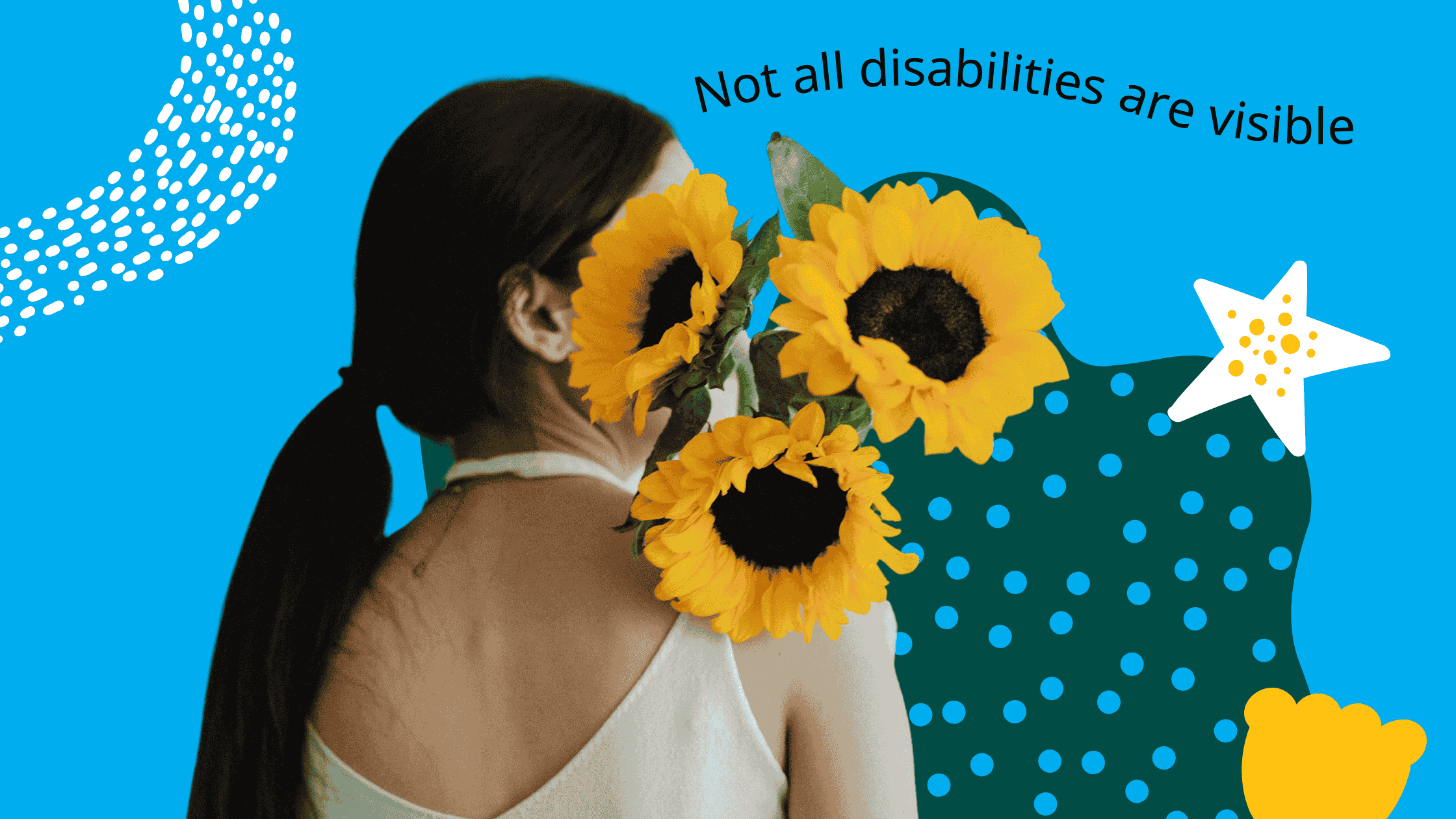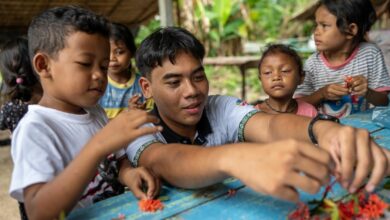Have you ever felt like the world only sees what’s on the surface? Invisible disabilities in Malaysia often go unnoticed, yet they shape the daily lives of so many people.
I learned this firsthand when I met my friend Maya*. Maya is 20 and has chronic fatigue syndrome. She often gets stares on the LRT when she takes the priority seat. Once, someone whispered, “Aiyah, she looks fine. Why is she sitting there?” Watching her deal with this was eye-opening. It’s easy to judge when you don’t see the struggle. Maya taught me how much we overlook invisible disabilities in Malaysia—and how much understanding we owe to people like her.
What are invisible disabilities?
Invisible disabilities don’t come with wheelchairs or crutches. They’re chronic conditions, sensory sensitivities, or mental health challenges. And because you can’t see them, they’re often misunderstood.
Think about someone who always seems tired at work. Or a student who needs more time for assignments. You might assume they’re lazy, but the truth could be something deeper than what meets the eye. People with sensory sensitivities, for example, find loud noises unbearable. Imagine facing that daily in crowded spaces. It’s overwhelming!
In Malaysia, many people with invisible disabilities face significant stigma. They’re often forced to prove their condition, as though their struggles are only valid if someone else can see them. Maya once told me the hardest part isn’t her condition—it’s explaining it to others. She’s tired of proving her pain is real.
This made me realize how much society dismisses what it can’t see. We assume someone’s fine if they don’t “look sick.” But health isn’t always visible. We need to change this mindset. Understanding invisible disabilities in Malaysia starts with us.
Small actions, big differences
How can we help? It’s simple: ask, listen, and learn. You don’t need to “fix” their problems. Sometimes, just making small adjustments is enough.
When Maya and I hang out, I choose quieter places. She once told me how much that means to her. Little things matter. Let someone pick their seat on the bus. Be flexible with group plans. These actions show respect and understanding.
I believe schools in Malaysia can lead this change. Awareness campaigns—like workshops or talks—can teach students to recognize and respect invisible disabilities. I once read about a school programme that did just this. It opened students’ eyes to struggles they’d never considered. We need more of that here. Accommodations are just as important, such as quiet study spaces or flexible deadlines and extended time for exams. These aren’t “special treatment” – they’re about creating fairness and fostering empathy.
Building empathy together
When Maya started sharing her story, I felt guilty for my earlier assumptions. But I also felt inspired. Her openness reminded me how important it is to talk about these issues. It’s not just about policies; it’s about people.
Start by asking questions. How can you help? What do they need? It’s okay if you don’t have all the answers. What matters is showing you care.
I’ve always believed in fairness, but Maya’s experience made it personal. Watching her face stares and whispers broke my heart. Invisible disabilities are easy to ignore because they’re hard to see. But ignoring them hurts the people in our lives.
A society that cares
With International Day of Persons with Disabilities coming up, I’ve been thinking: What can we do to create a society that cares? One that supports everyone, visible or not? It starts with educating ourselves, listening more, and making space for everyone, including those with invisible disabilities. Only then can we create a Malaysia that’s truly inclusive.
* Name changed for privacy.
Editor’s note:
The sunflower symbolizes invisible disabilities, representing positivity, strength, growth, and confidence. It’s a quiet, universal sign that gently signals the need for assistance, understanding, or a little more time.
READ >> Guiding Hands: Embrace Inclusivity by Learning Malaysian Sign Language





Hi Allison, thank you so much for writing this. As someone who struggles with an invisible disability, this really hit home. It’s so hard to explain what we go through. Maya’s story made me feel less alone. Hope more people read this and start understanding us better. Thank you for speaking up and making a difference.